In a step forward for soft robotics and biomedical devices, Rice University engineers have uncovered a powerful new way to boost the strength and durability of silicone-based soft devices without changing the materials themselves. Their study, published in a special issue of Science Advances, focuses on printed and musculoskeletal robotics and offers a predictive framework that connects silicone curing conditions with adhesion strength, enabling dramatic improvements in performance for both molded and 3D-printed elastomer components.
Category: robotics/AI – Page 145
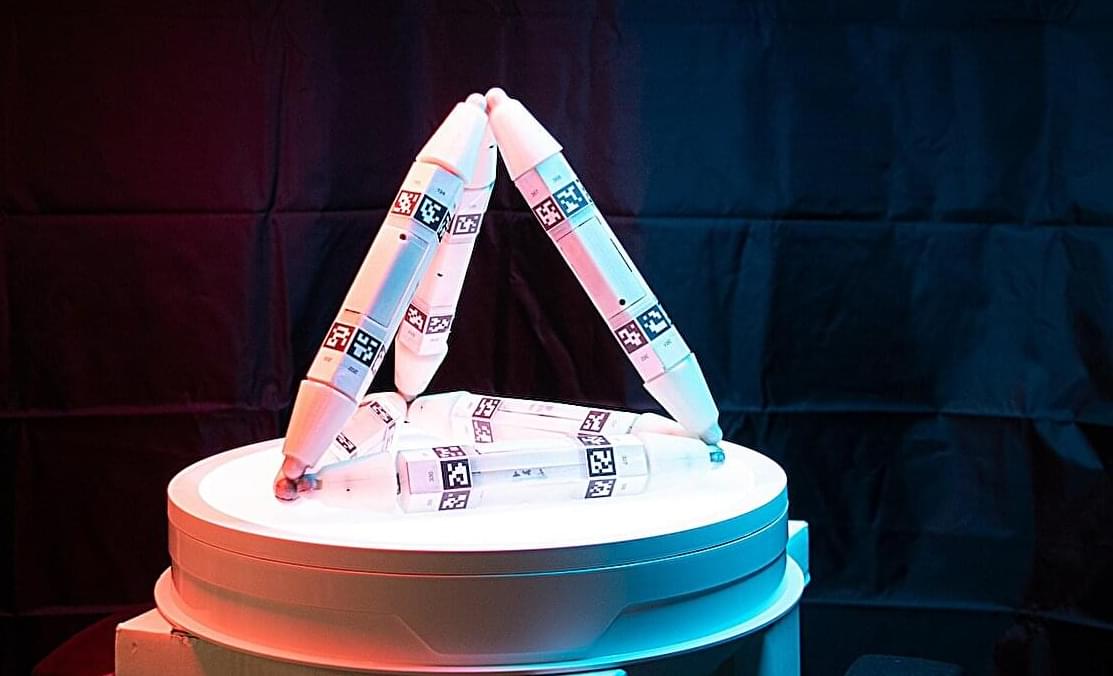
Robots now grow and repair themselves by consuming parts from other machines
Today’s robots are stuck—their bodies are usually closed systems that can neither grow nor self-repair, nor adapt to their environment. Now, scientists at Columbia University have developed robots that can physically “grow,” “heal,” and improve themselves by integrating material from their environment or from other robots.
Described in a new study published in Science Advances, this process, called “Robot Metabolism,” enables machines to absorb and reuse parts from other robots or their surroundings.
“True autonomy means robots must not only think for themselves but also physically sustain themselves,” explains Philippe Martin Wyder, lead author and researcher at Columbia Engineering and the University of Washington. “Just as biological life absorbs and integrates resources, these robots grow, adapt, and repair using materials from their environment or from other robots.”
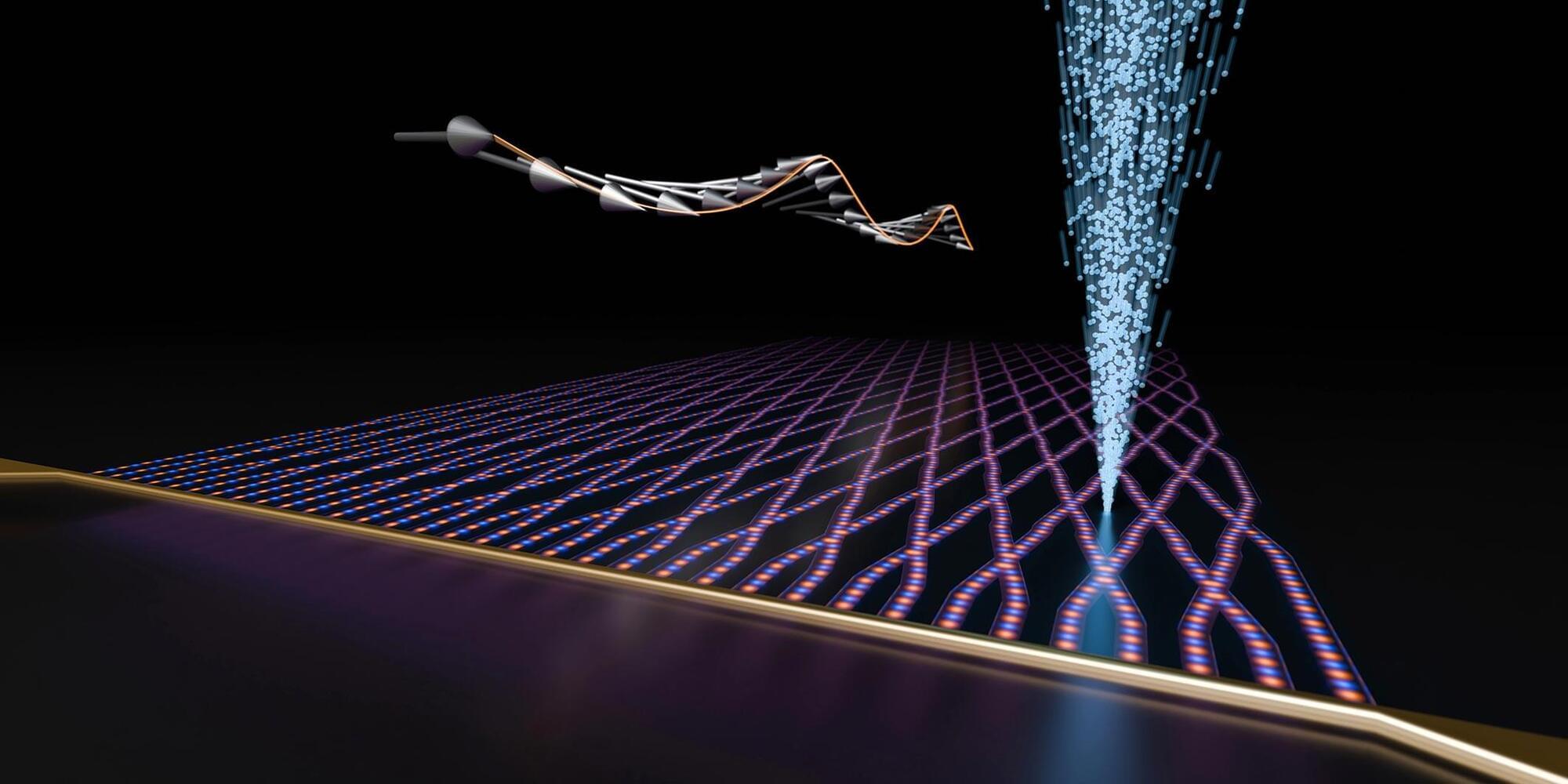

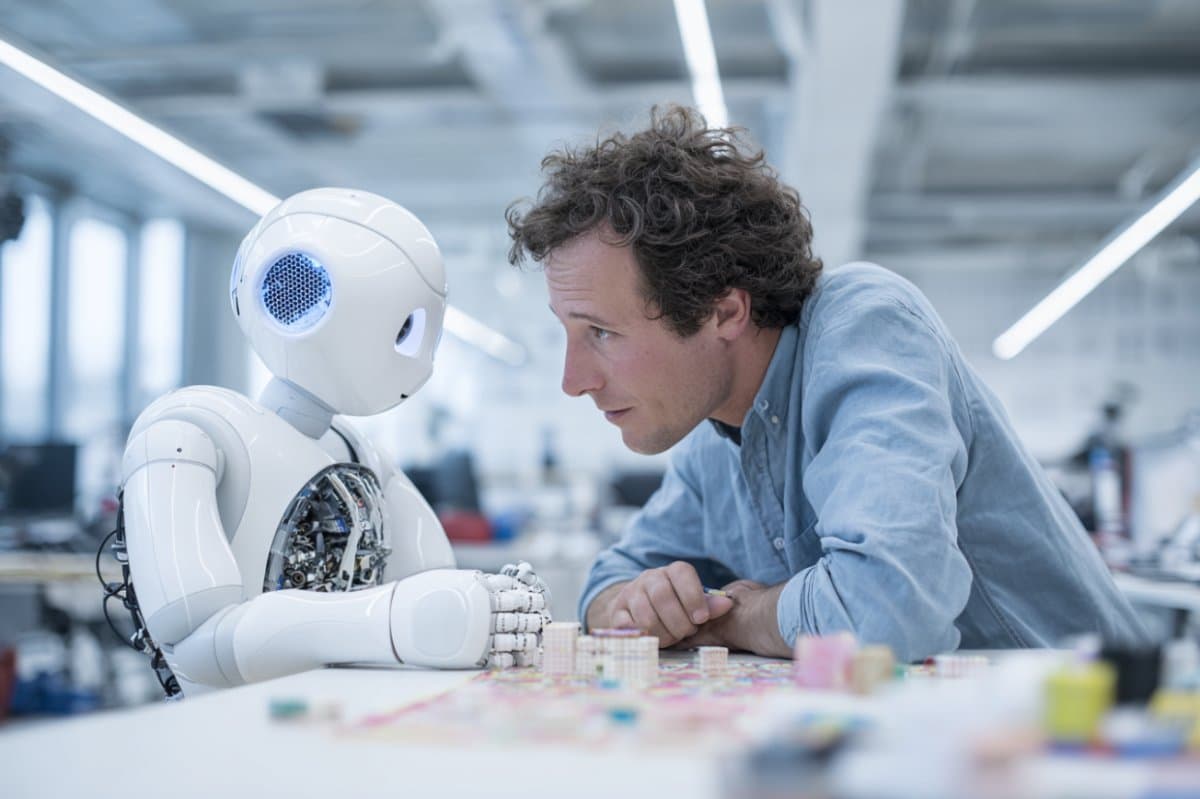
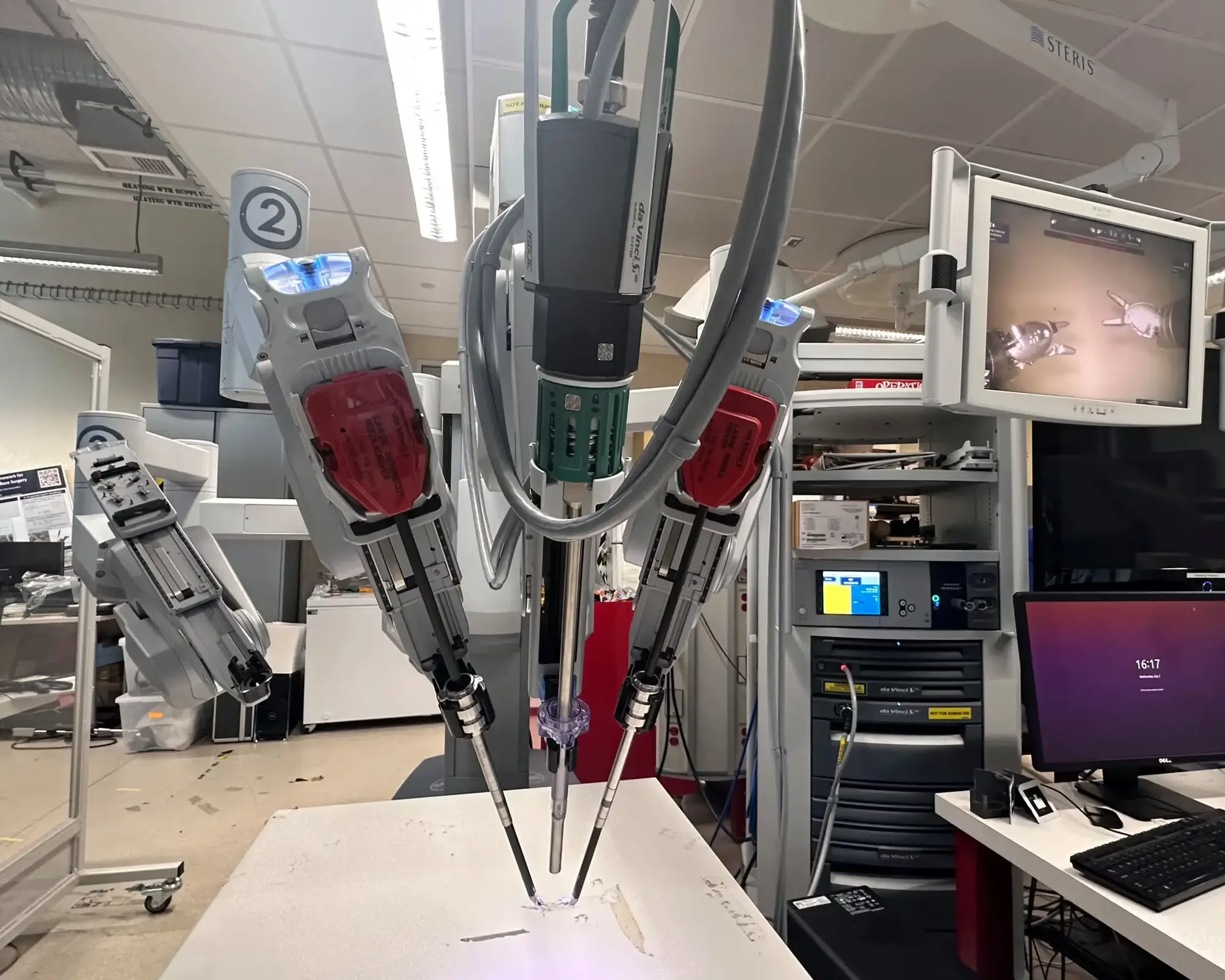
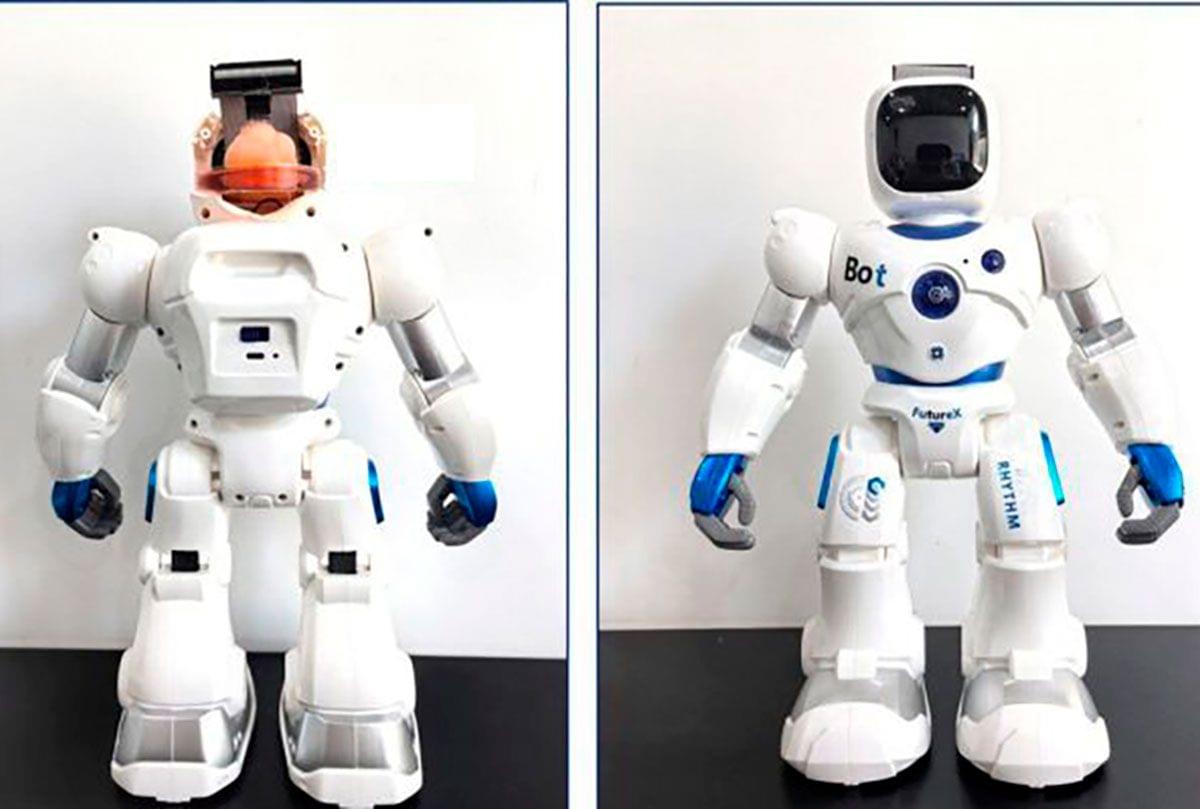


Elephant robot demonstrates bioinspired 3D printing technology
A cheetah’s powerful sprint, a snake’s lithe slither, or a human’s deft grasp: Each is made possible by the seamless interplay between soft and rigid tissues. Muscles, tendons, ligaments, and bones work together to provide the energy, precision, and range of motion needed to perform the complex movements seen throughout the animal kingdom.
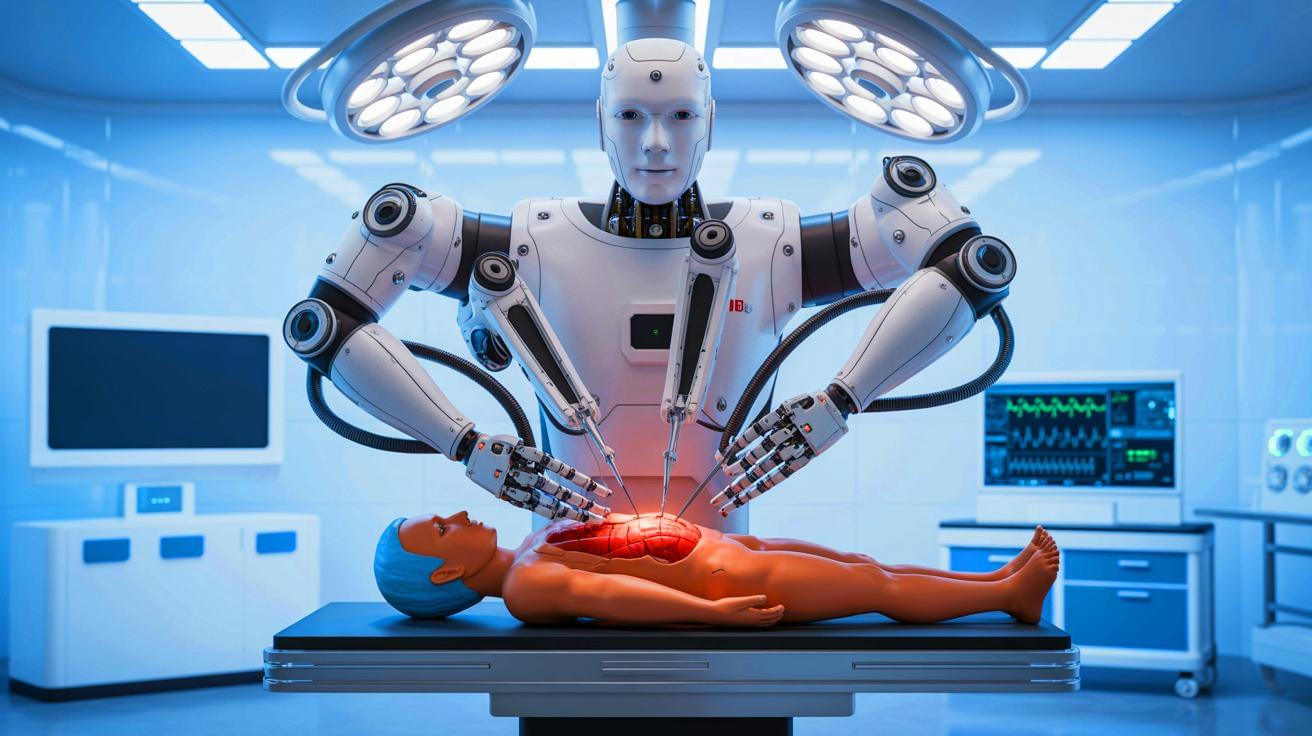
“Not a Single Mistake”: World’s First Autonomous Surgical Robot Completes Complex Procedure With 100% Accuracy and Zero Human Intervention
IN A NUTSHELL 🤖 The SRT-H robot, developed at Johns Hopkins University, performed a successful gallbladder surgery with human-like precision. 📚 Trained on surgical videos, the robot can learn and adapt in real-time, enhancing its ability to handle complex procedures. 🛠️ Equipped with machine learning technology similar to ChatGPT, SRT-H responds to voice commands and